Training in respiratory therapy: experiences and tips from Nils Solanki - I was able to supplement my complementary therapy offerings as a respiratory therapist with a method recognized by health insurance companies
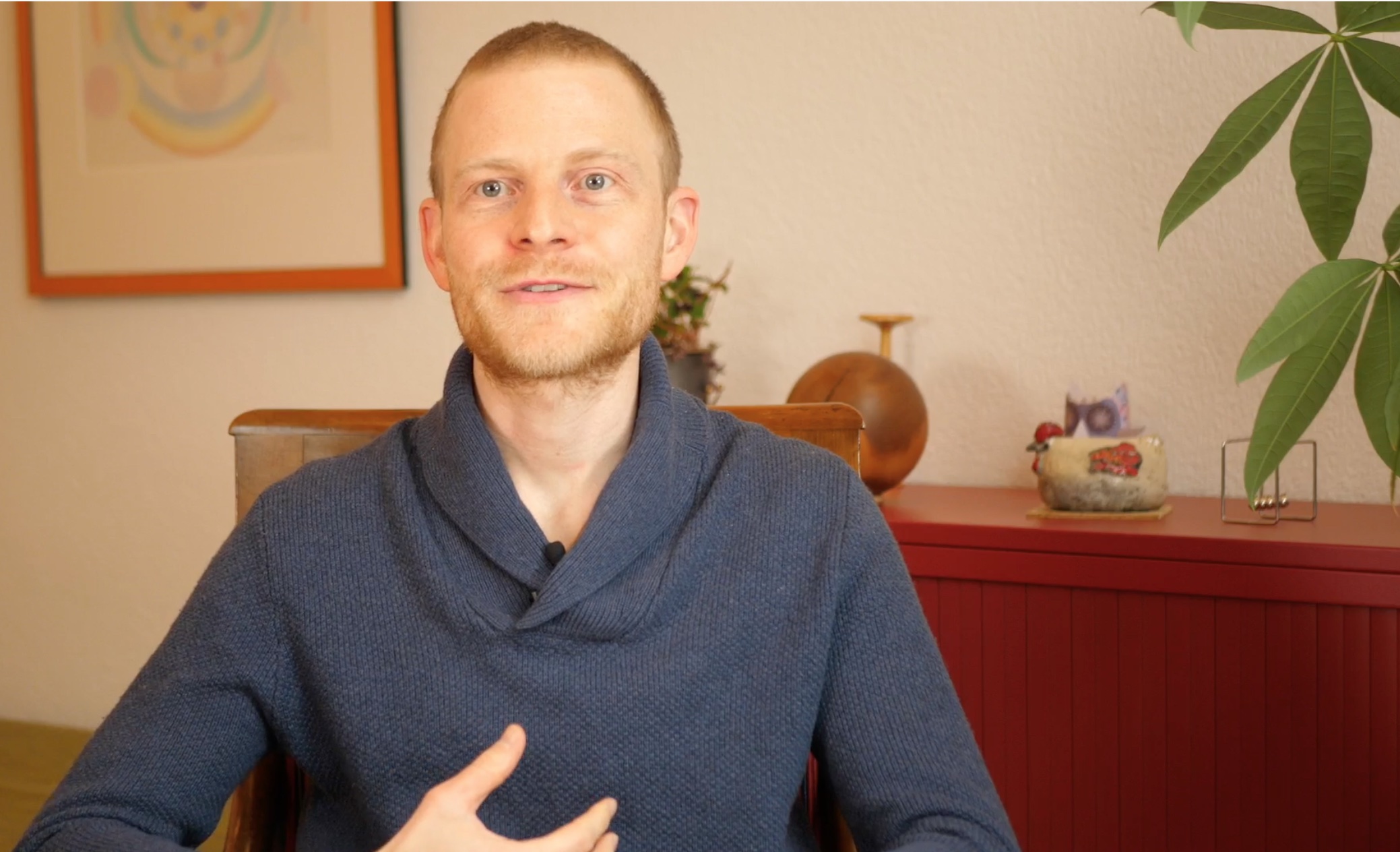
Tell us something about your career to date.
My name is Nils Solanki. I studied Interaction Design and learned how to design human-friendly machines. I currently work as a service designer in my own company. I also teach design at two Universities of Applied Sciences.
What continuing education, further training did you complete at Ateminstitut Schweiz?
I trained as a respiratory therapist at the Swiss Respiratory Institute. This breathing therapy training has a qualification as a complementary therapist and is recognized by health insurance companies. This enables me to work independently as a respiratory therapist to treat clients.
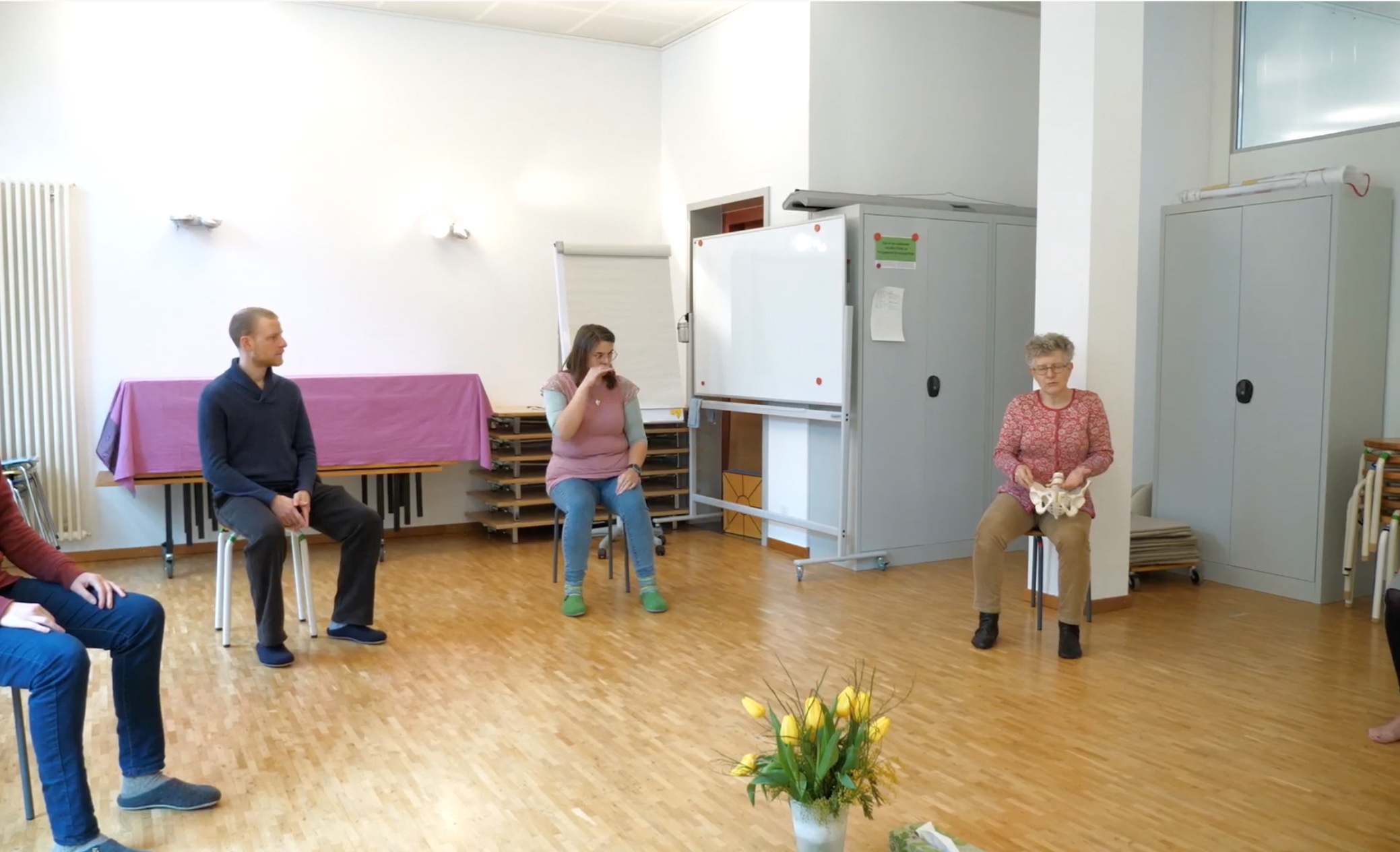
How did you find out about respiratory therapy?
I had completed training as a psychotherapeutic trial counselor. However, this is not recognized by health insurance companies. I thought for a long time about how I could deepen my knowledge even further. After all, the training didn't include too many practical hours. While searching the internet for a suitable further training course, I came across the respiratory therapy training course. I then took a closer look at how breathing therapists work and read up on the subject. I visited various websites on respiratory therapy. Most of the women on these sites were around 50 years old and had esoteric slogans. We didn't like them too much. At some point, I ended up on a young, crisp website where you could switch from "you" to "you" at the touch of a button. I then wrote to Susanne asking if I could have a trial therapy session with her. Susanne then told me that she had recently completed her breathing therapy training at the Swiss Breathing Institute. The type of therapy immediately suited me and I liked the therapy method. It felt good for the body. I really liked the way Susanne carried out the breathing therapy. The breathing exercises are very nourishing and enriching for me. After a period of reflection, it was clear to me that I wanted to attend a breathing therapy course at the Swiss Breathing Institute.
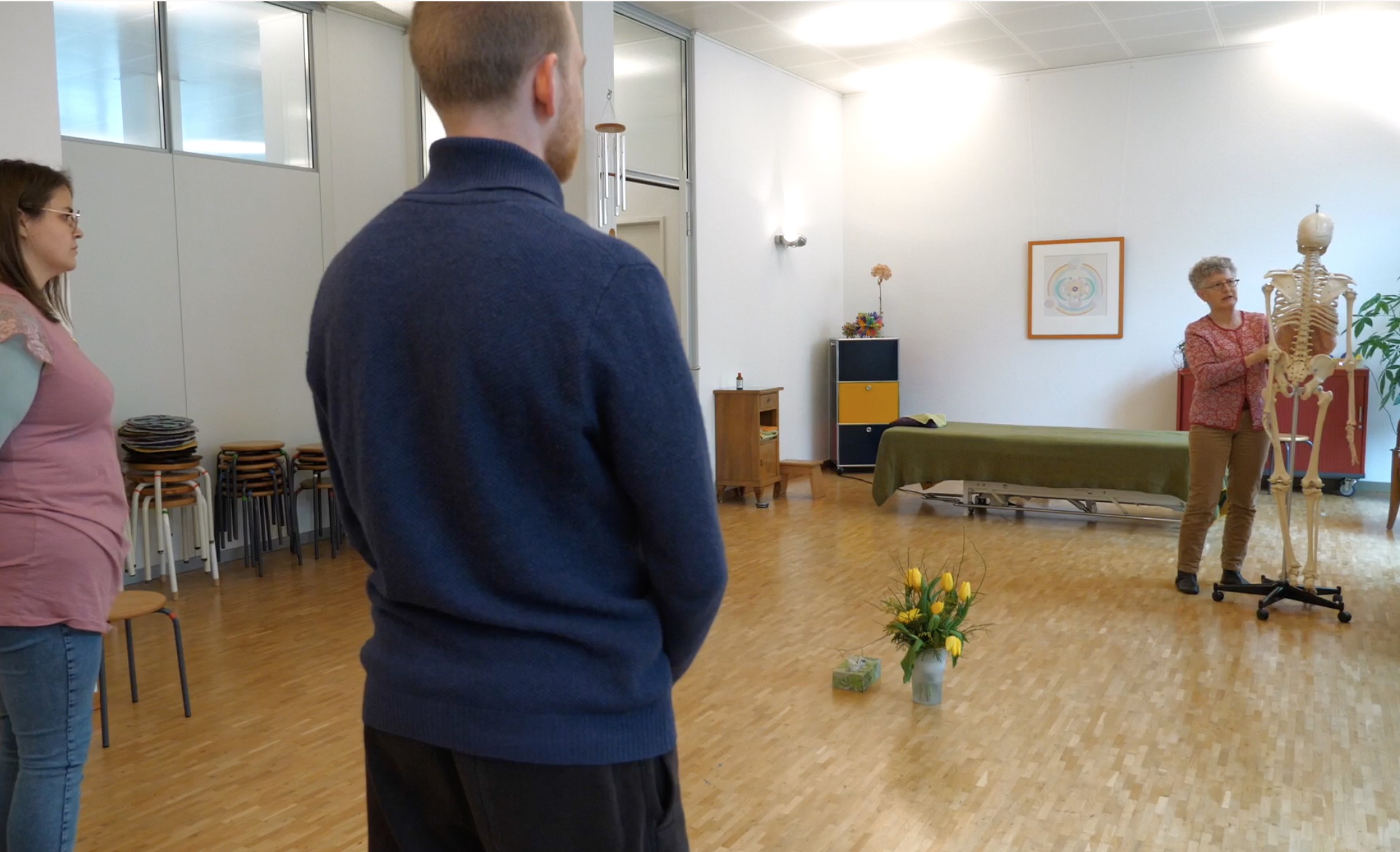
Why did you choose the Swiss Breathing Institute?
The decisive factor was Susanne - my first point of contact with breathing therapy. I looked at and tested one or two other breathing schools. In the end, however, I liked the Swiss Breathing Institute the best.
Has your life or daily routine improved as a result of the breathing therapy training?
What is very special about therapeutic work is the personal process. As a therapist, it is not enough to learn methods or techniques by heart and remain the same person. For me personally, this self process was very enriching. It enabled me to get to know myself better. Experiencing my body through breathing. Also to notice where it still falters. To find out where there is still more room for myself. I was able to develop as a person through breathing therapy. On the other hand, of course, the very specific financial aspect of the breathing therapy training is also important. I can now bill my complementary therapies through my health insurance on supplementary insurance policies. This of course makes it much easier to find clients. This is because they get a large part of their expenses for respiratory therapy reimbursed by their health insurance. The lower costs mean that people are quick to accept respiratory therapy.
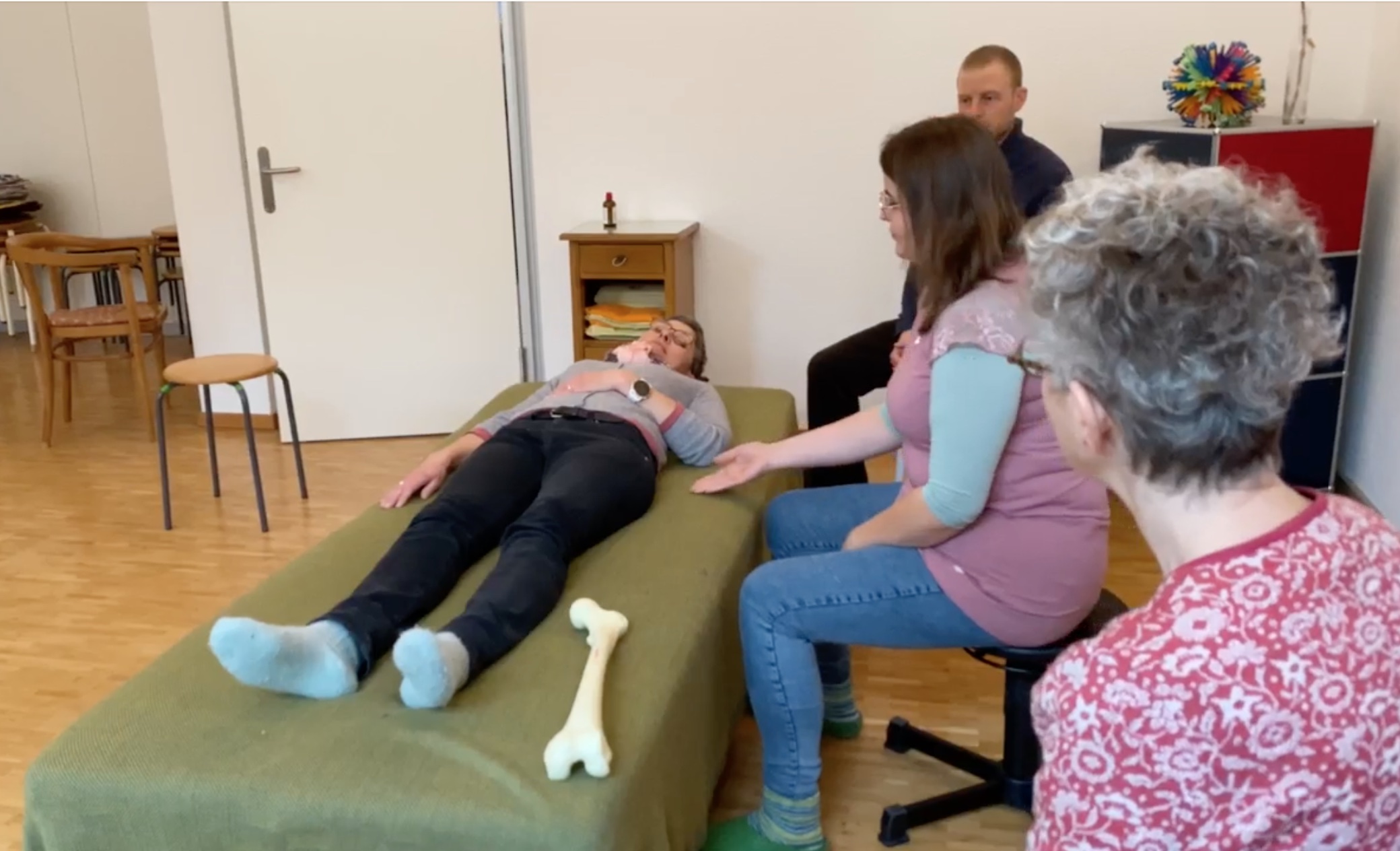
What did you like about the respiratory therapy training?
I find the breathing therapy method very versatile. On the one hand, there is the work on the couch, which can be very intimate with the client in a way - through the touch of the hands or through breathing. You get to know a lot about the person. You immediately notice where the person is and feel what he or she is communicating. For me, this is very different from working with exercises - whether alone or in a group. Working with clients gives me a completely different feeling and experience. What is also nice about breathing therapy, which is not the case with other methods, is working with the voice and self-sounds and consonants. Various forms of expression are combined with movements in breathing therapy. This can sometimes look a bit funny. However, this playful way of working with sounds has a very liberating effect on the body. The vibrations achieved have a great influence on body relaxation.
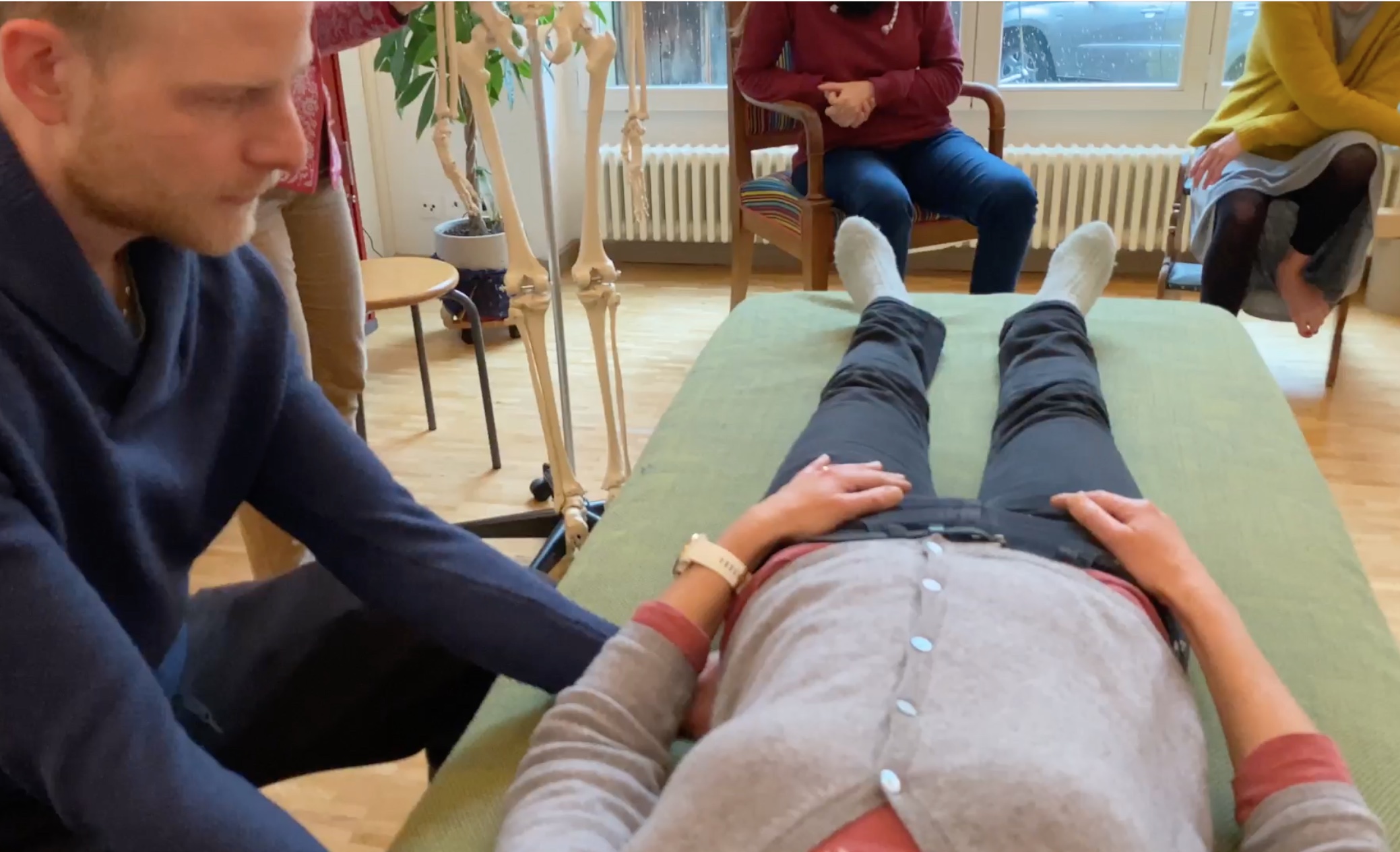
What were your challenges during your continuing education, further training in respiratory therapy?
There were various challenges for me during my continuing education, further training in breathing therapy. The most important challenge was getting to grips with myself. I was very much thrown back on myself at a certain point in the continuing education, further training. I also got to know a part of myself that I didn't find very pleasant. However, I recognized this as part of myself during the breathing therapy training and learned to live with it. After that, it was a continuous process of discovering, accepting, letting go and moving on. I see continuing education, further training like this as something of a life catalyst. Both dramatic and beautiful experiences take you further. Because something happens to you in the process and it brings out new aspects of you. Continuing education, further training in breathing therapy brings out similar aspects, but they simply happen in a much shorter period of time.
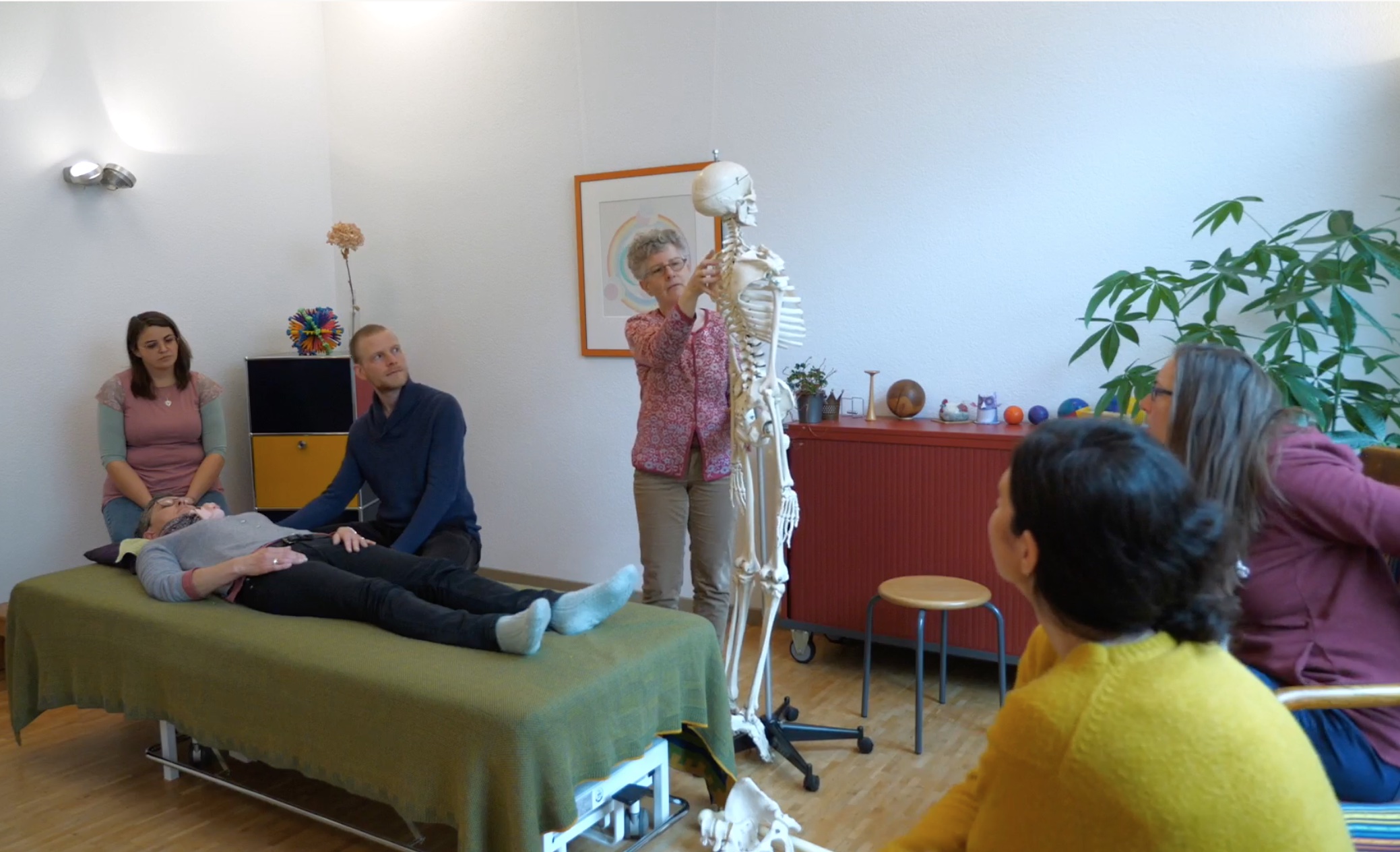
What was the atmosphere like at the Swiss Breathing Institute?
At the Swiss Breath Institute, breathing therapy training takes place in small groups and therefore in an intimate setting. You work closely with the same people for three years. This allows you to get to know each other very well. You learn more about the strengths and weaknesses of each person. You experience each other's processes at first hand. It's very intense, but also very enjoyable.
Has the respiratory therapy training given you more satisfaction?
Yes, the breathing therapy training has already given me more satisfaction. I think I now have more inner resources at my disposal for the rest of my life.
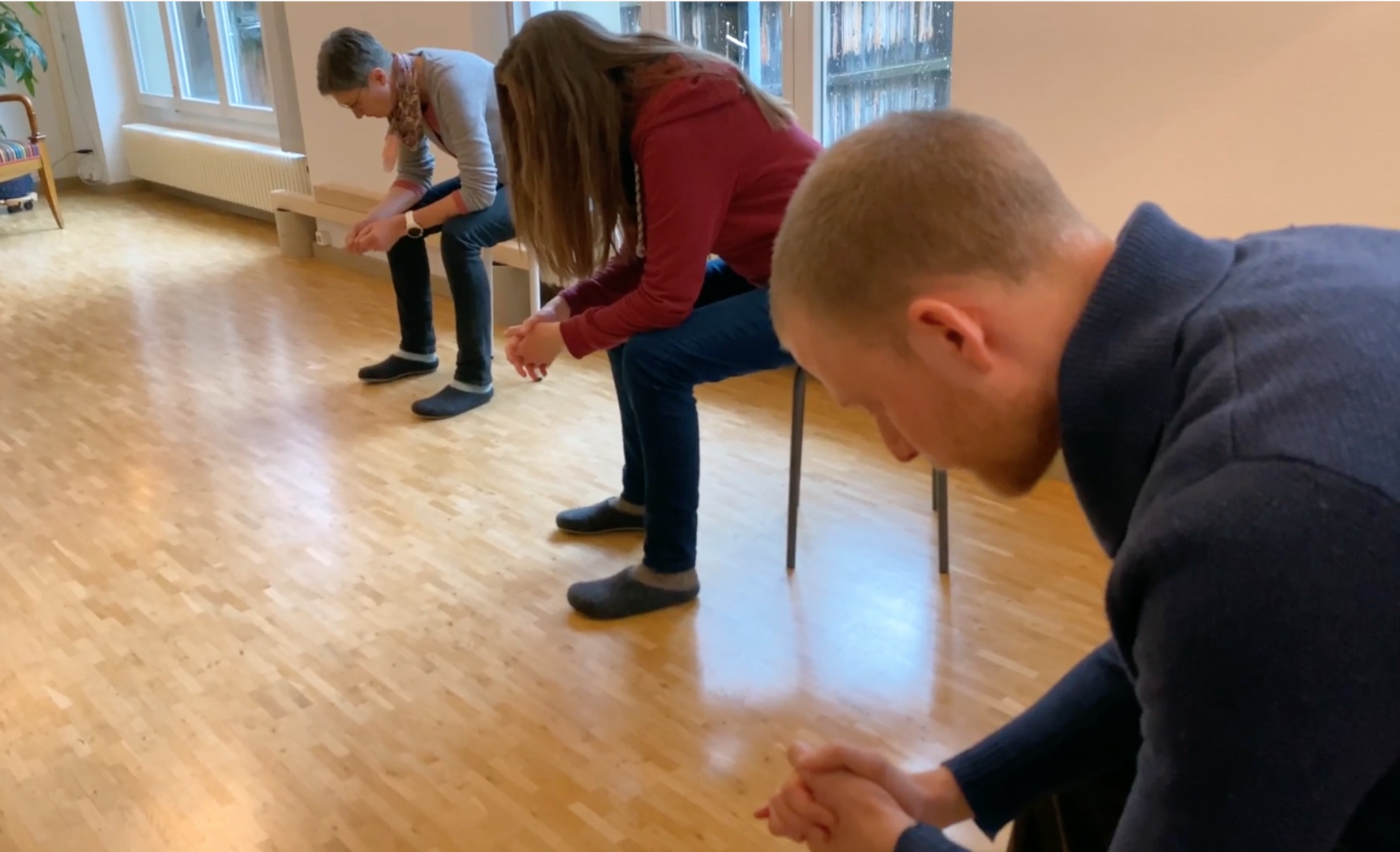
What learning content helps you the most in your therapy work?
It is difficult for me to symbolize a specific learning content from the breath therapy training here. For me, it feels more like a continuum that we went through. But what was certainly very interesting were the anatomical and physiological basics about the function of the human body, the joints and movements. I also really enjoyed the work on the couch. Experiencing what happens when you take your knee in your hand, put some pressure on it and slowly push it towards the ceiling. What happens to the body? What happens to the person as a result? What kind of reaction do I get back? How do I react to this response? In other words, the interaction between two people or two bodies that meet and work together. For me, this is an important aspect of breathing therapy.
Have you had any success thanks to respiratory therapy?
There actually is, yes. Maybe even two things. One is more of a side story. One was an experience closely linked to breathing therapy. Last year, I had a job at Swiss Post. I offered a quarter-hour breathing break there once a week. Swiss Post employees were able to do breathing exercises with me. In this huge colossus of over 6,000 employees, this offer deliberately created an island of calm. People could come, recharge their batteries and then return to their work. Thanks to this interruption and the physical sensation, the employees were able to let go of their everyday stress. My second experience is more indirectly related to breathing therapy. I had bought a racing bike and was looking for a goal. So I wanted to ride this racing bike to Paris to visit my sister in the summer. I planned this somewhat crazy project down to the last detail. I had respect for it and I didn't really trust myself with certain routes. I tested one particularly difficult stage in advance and reached my limits. Nevertheless, I fought my way up bend by bend. When I had the highest point in sight, I was relieved and emotionally overwhelmed. I had achieved something that I would never have dared to do. My breathing was extremely supportive in this endeavor. If I hadn't had this support from breathing therapy, I would probably never have had this crazy idea. In the end, I managed to travel from Bern to Paris in four days.
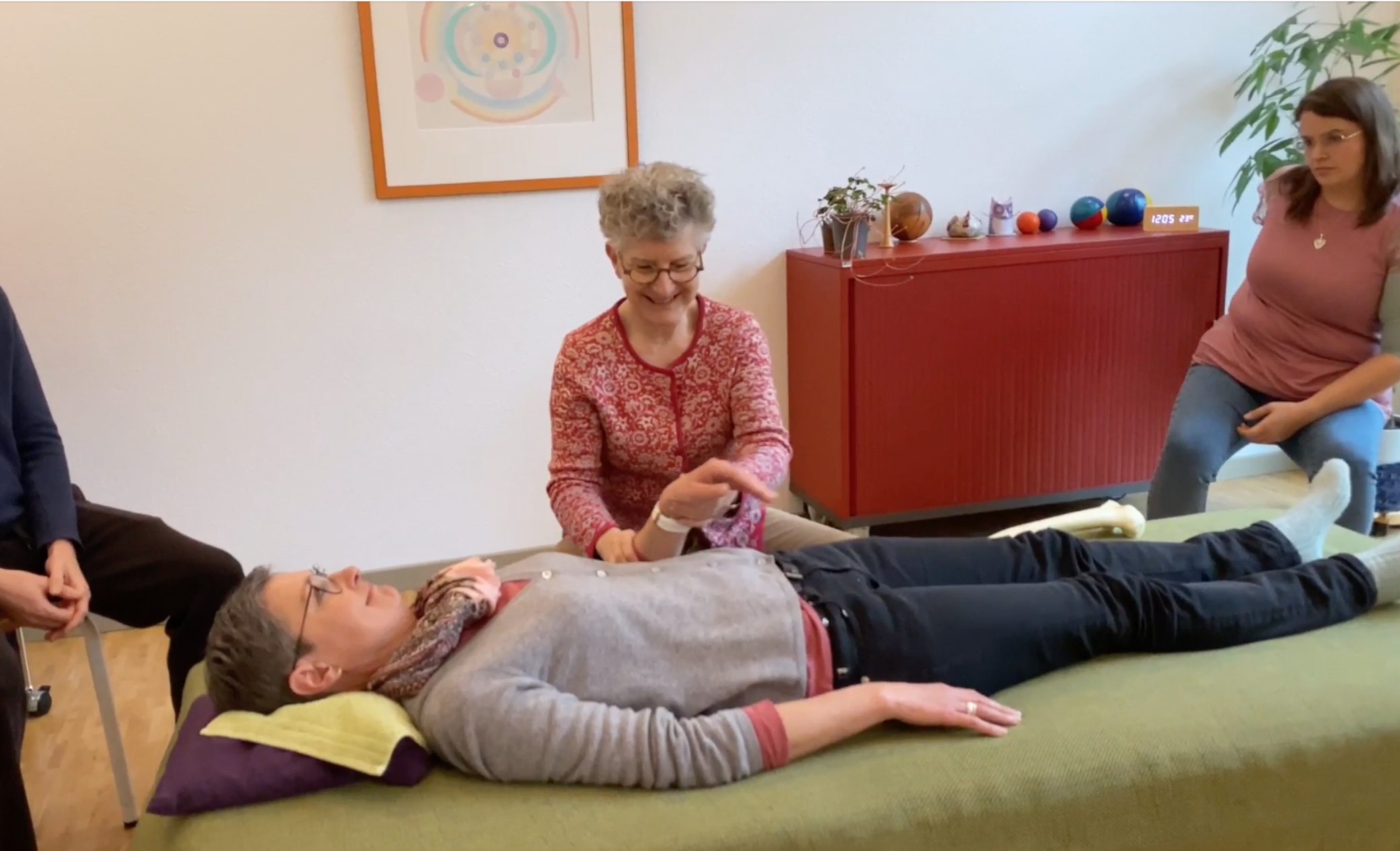
When did you like it best in class?
Despite the small groups at the Swiss Respiratory Institute, there is a wide range of lecturers who teach the various topics of respiratory therapy. So you get information from all areas along the way. This also includes the knowledge of how to run a practice. Which insurances are necessary for self-employment in complementary therapy. How to use practice software. How to work with clients in practice. What to do in emergencies. Get to know the psychological principles of breathing therapy. A better understanding of the interplay between body and mind. For me, this is a well-rounded and dynamic training package. The theoretical information was conveyed to us in a very lively and concrete way. It always had a practical relevance.
Who would you recommend this continuing education, further training in respiratory therapy to?
The breathing therapy course is certainly suitable for people who are generally interested in breathing. How does the breath move me as a person? How does the breath move my counterpart? The continuing education, further training is certainly interesting for people who want to work therapeutically. Those who like to help other people. Those who want to empower others to discover their own breathing power. Breath therapist is certainly a great profession that would be suitable for many different people.
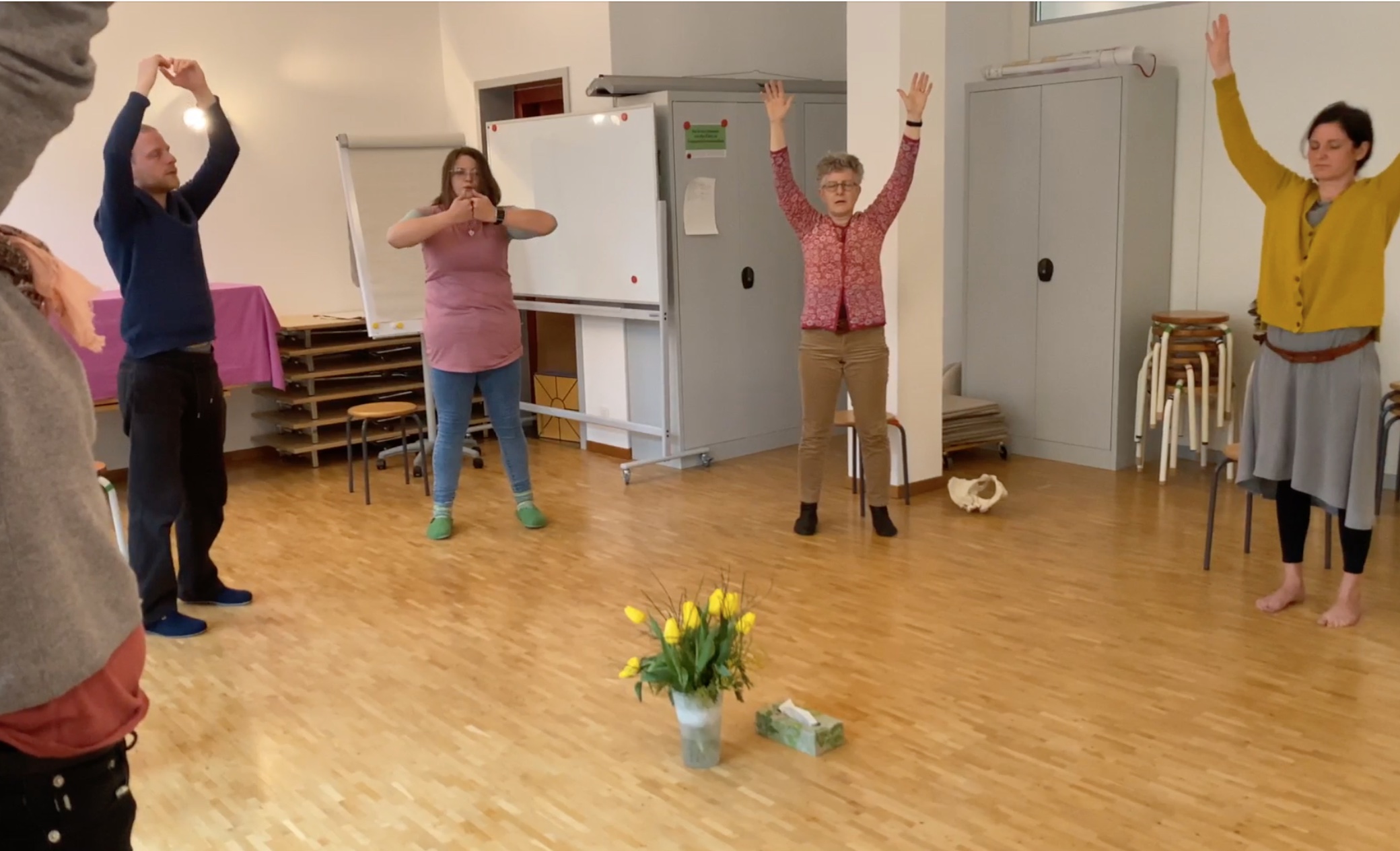
How do you feel as a man in this job, which is predominantly carried out by women?
As a man training to be a respiratory therapist, I am the exception rather than the rule. It's a very female-dominated profession - this applies to both the therapists and the clients (women make up 95% on both sides). As a man, this is a special job that is otherwise very much in the hands of women. This is actually very understandable, as respiratory therapy is very delicate work. On the other hand, there's nothing that speaks against men in this profession. Personally, I think it is absolutely brilliant work involving the power of breathing. The effective power of the work lies within and is not very visible from the outside. You could also say that breathing in has a feminine quality and breathing out has a masculine quality. As a man, getting to know this power when exhaling is also totally beautiful. And of course I will be very happy to have male clients after the breathing therapy training. I am happy to be involved in opening up the field of breathing therapy to men even more in the future. If I, as a man, am the counterpart, it might be a little easier for men.
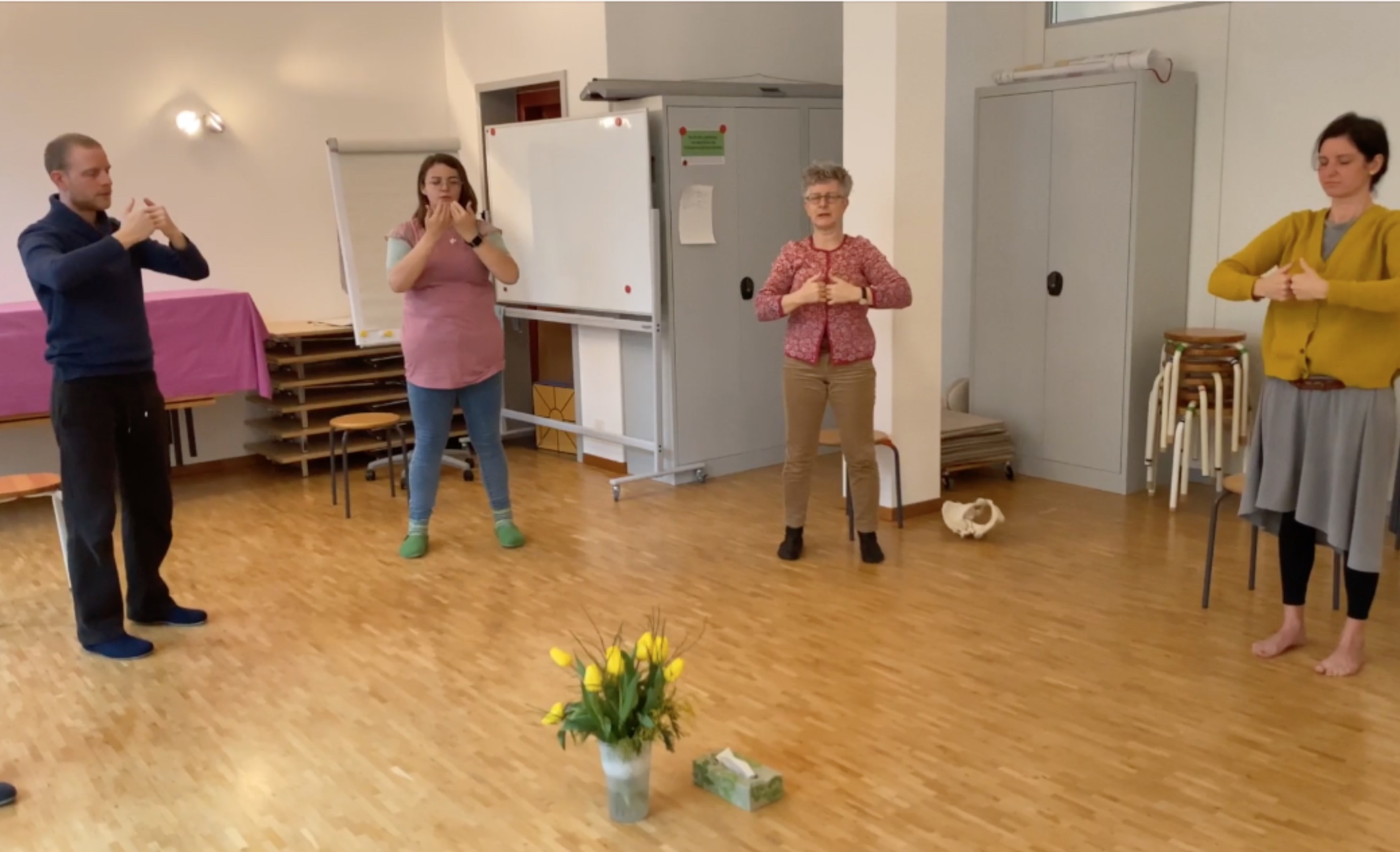
What was the atmosphere like during the course?
The atmosphere during the breathing therapy course was very good. Sometimes, of course, there are ongoing processes because other participants reach a key point. But for me, that's part of it and I find it very enriching.
What do you particularly like about the Ateminstitut?
I find the Ateminstitut to be a very human environment. I can come here with all my issues relating to breathing therapy and they are taken on board. I can work on them. I can bring my questions into the lessons. There are no taboo subjects that cannot be addressed. It is an open, explorative environment. The Ateminstitut is also very centrally located in Bern. For me personally, with only a 5-minute journey, this is of course very practical. The rooms are beautiful - large and bright. It's easy to eat over lunch. I don't have to worry about that when I'm attending breathing therapy classes.
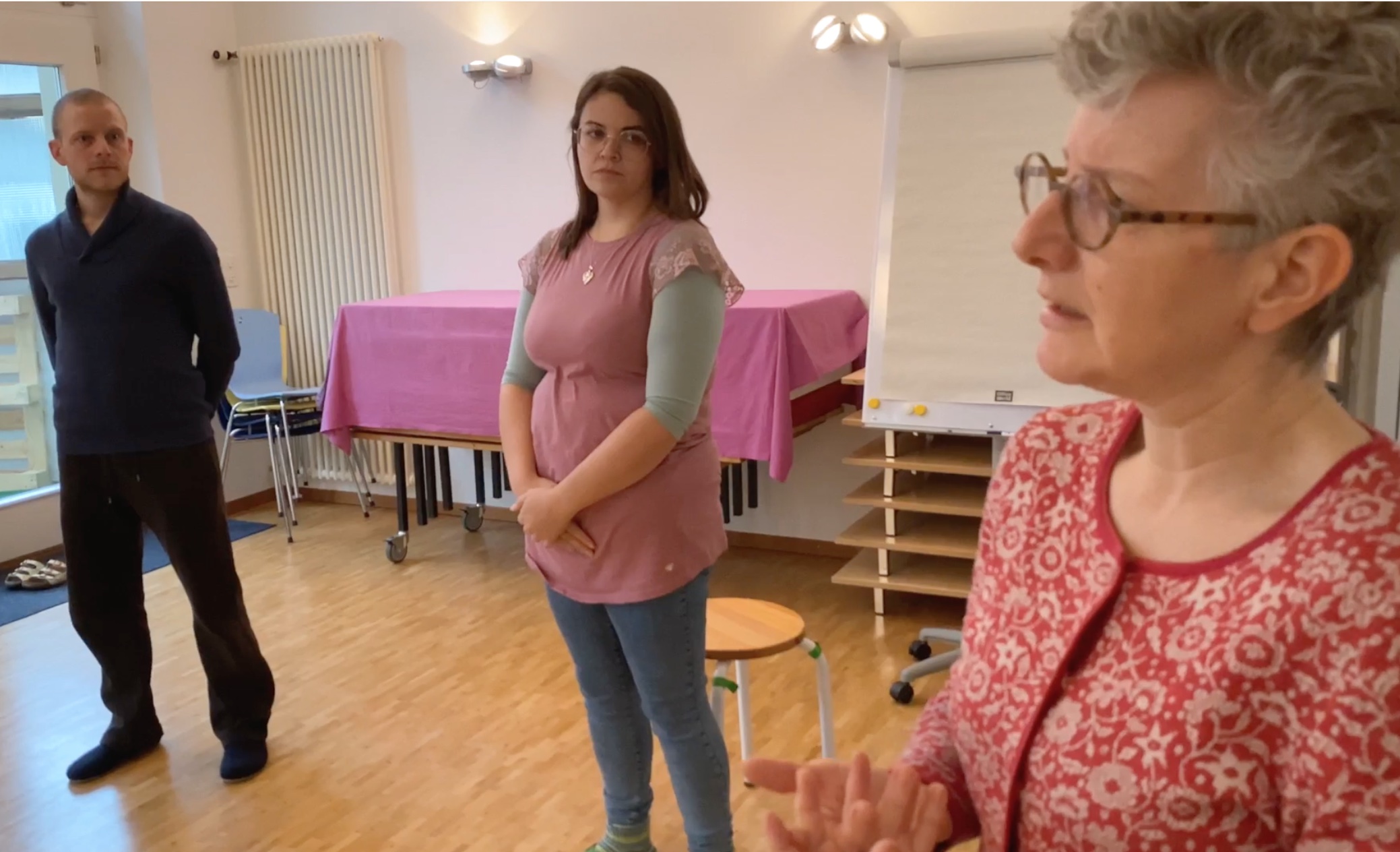
How has your professional activity changed as a result of the respiratory therapy training?
My current work in respiratory therapy is of course very different from what I originally learned. But one of the things I really wanted after working digitally for so long was to do more with my hands. In other words, to learn some kind of craftsmanship. At first, I wanted to learn this using a specific material. In the end, my "material" is now the human body in breathing therapy. And this is of course a very lively and dynamic material, but one that gives me a lot of pleasure.
Did you have a key experience during your breathing therapy training?
Yes, I had a few key experiences during my breathing therapy training. I think, on the one hand, the way you can work together. How I can get involved with someone else through my hands. And on the other hand, the way I perceive myself and now know my body. I am a person who thinks very quickly and thinks a lot. I can sometimes lose touch with the ground. The breathing therapy helped me a lot to get to know my pelvic area and my legs better and to feel the very real strength in my legs. Both in my breathing work and in everyday life.
Overview of respiratory therapy schools for training as a respiratory therapist
